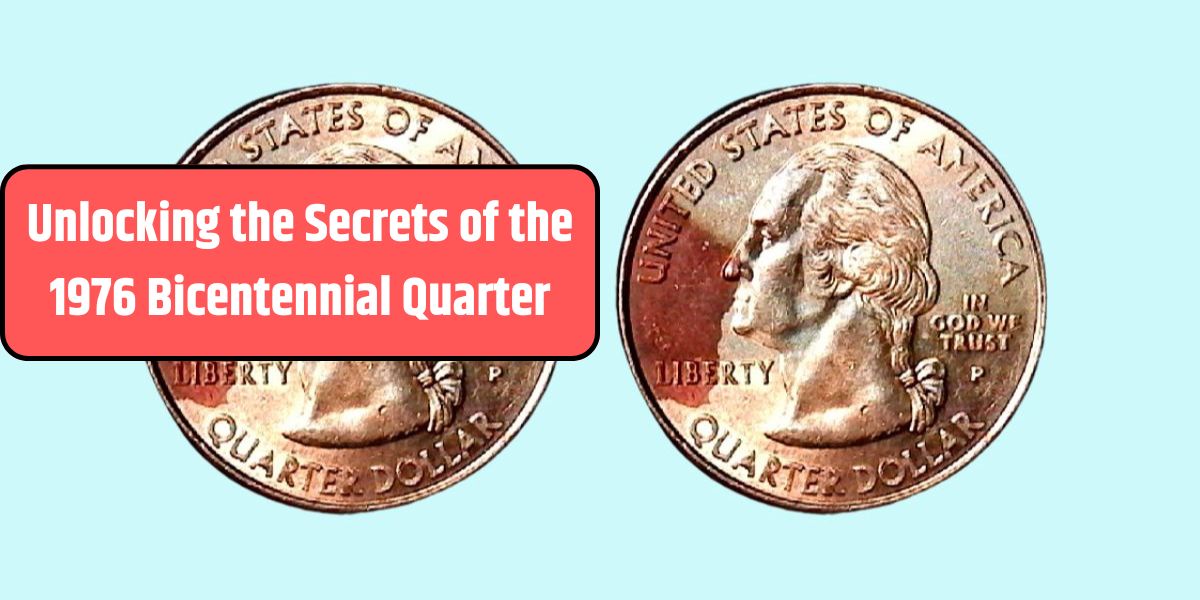Saving and investing early for retirement is one of the most effective ways to build a secure financial future. By leveraging tax-advantaged accounts like 401(k)s and IRAs, individuals can grow their retirement funds more efficiently. These accounts provide tax deferral, meaning taxes on earnings are delayed until funds are withdrawn, allowing for greater compounding over time. However, this tax advantage has limits, as the IRS requires account holders to start taking required minimum distributions (RMDs) at a certain age. The Secure 2.0 Act has recently introduced new rules that impact RMDs, both for individual account holders and those who inherit retirement accounts, making it crucial to stay informed on these changes.Understanding Required Minimum Distributions (RMDs)
Required minimum distributions are mandatory withdrawals from tax-deferred retirement accounts like 401(k)s and traditional IRAs. The purpose of RMDs is to ensure that the government eventually collects taxes on these funds. Failing to take an RMD on time can lead to substantial penalties. Currently, account holders who miss their RMD deadline may face a 25% excise tax on the amount not withdrawn, along with the regular income taxes due on the distribution.
New Rules for Inherited IRAs Under the Secure 2.0 Act
The Secure 2.0 Act has made substantial adjustments to inherited IRA regulations. If you inherit an IRA from someone who passed away after December 31, 2019, you are now required to take RMDs from that account. This is an additional obligation on top of any RMDs you may already need to take from your own retirement accounts, adding complexity to retirement income management.
Previously, beneficiaries could stretch out inherited IRA withdrawals over their lifetime, allowing them to maximize the tax-deferred growth of the account. Under the new rules, however, most beneficiaries are required to fully deplete an inherited IRA within 10 years, unless they qualify for specific exemptions. This change demands a proactive approach, as drawing down the entire inherited account within a decade could result in a considerable tax burden if not managed effectively.
Smaller RMDs for Older Beneficiaries: A Potential Relief
In some cases, the Secure 2.0 Act provides tax relief for older beneficiaries inheriting retirement accounts. If the original account owner was already taking RMDs, beneficiaries may be able to continue RMDs based on the original owner’s life expectancy rather than their own. This exception means that beneficiaries who qualify are not bound by the 10-year rule and can stretch out withdrawals over a longer period, potentially reducing annual tax obligations. For retirees who inherit accounts, this can be a strategic advantage, as it allows for more flexible tax planning.
Changes to RMD Starting Age
Another key provision of the Secure 2.0 Act is the gradual increase in the RMD starting age. As of 2023, the required beginning age for RMDs has risen from 72 to 73, affecting individuals born in 1951 and later. This adjustment allows retirees to delay withdrawals for an extra year, offering an additional opportunity for tax-deferred growth.
Looking forward, the RMD starting age is set to rise to 75 beginning in 2033, although individuals born in 1959 will need to start RMDs by age 73 and complete their first distribution by April 1 of the following year. Here’s a summary of the RMD starting ages based on birth years:
| Birth Year | RMD Starting Age |
|---|---|
| Before 1949 | 70½ |
| 1949 to 1950 | 72 |
| 1951 to 1959 | 73 |
| 1960 or later | 75 |
By adjusting the RMD starting age, the Secure 2.0 Act provides retirees with greater flexibility to manage retirement distributions and possibly reduce their taxable income.
Navigating RMD Rules: Key Considerations
Consult Financial Advisors: Given the changing RMD landscape, working with a financial professional can help clarify strategies that maximize tax savings while fulfilling RMD obligations.
Understand Your RMD Timeline: Knowing your RMD start age based on your birth year is essential to avoid penalties and manage distributions effectively.
Plan for Inherited Accounts: For those inheriting IRAs, consider the 10-year withdrawal rule and explore options that allow RMDs based on the original owner’s life expectancy if applicable.
Tax Management: With RMDs adding to taxable income, retirees may benefit from adjusting withdrawal strategies to manage their tax bracket and minimize liabilities over time.
What happens if I don’t take my RMD on time?
If you miss an RMD, you could face a penalty up to 25% of the required distribution amount, plus the regular income tax on that distribution.
How do inherited IRAs work under the new rules?
Beneficiaries inheriting IRAs from someone who passed after December 31, 2019, generally need to empty the account within 10 years. Exceptions apply, allowing some beneficiaries to stretch RMDs over the original owner’s life expectancy.
Does the new RMD starting age apply to Roth IRAs?
No, Roth IRAs owned by the original account holder do not have RMDs during their lifetime. However, beneficiaries inheriting Roth IRAs may have RMD obligations.






















